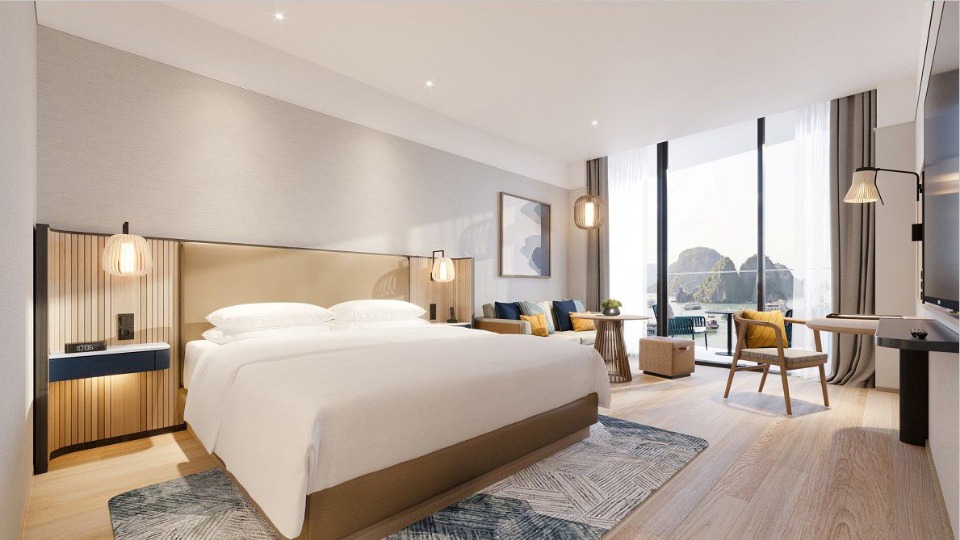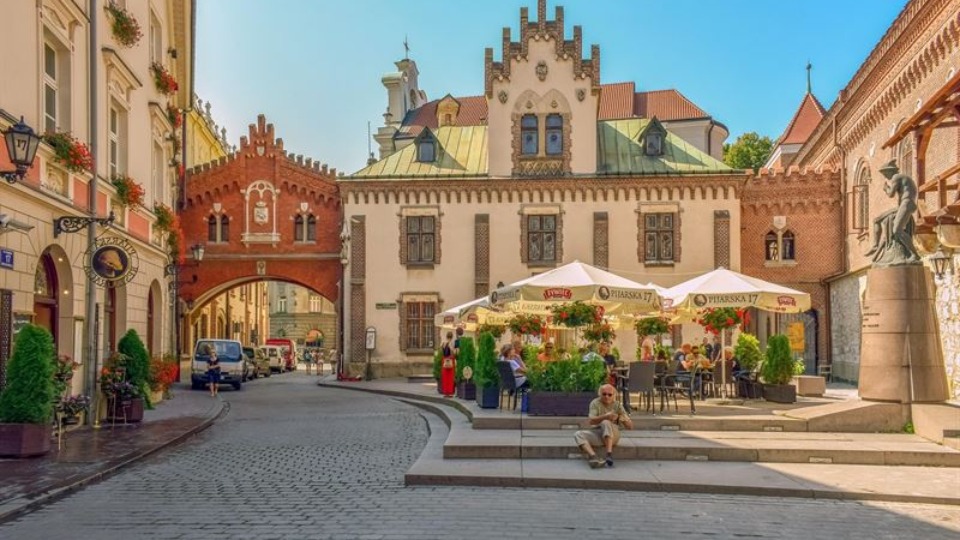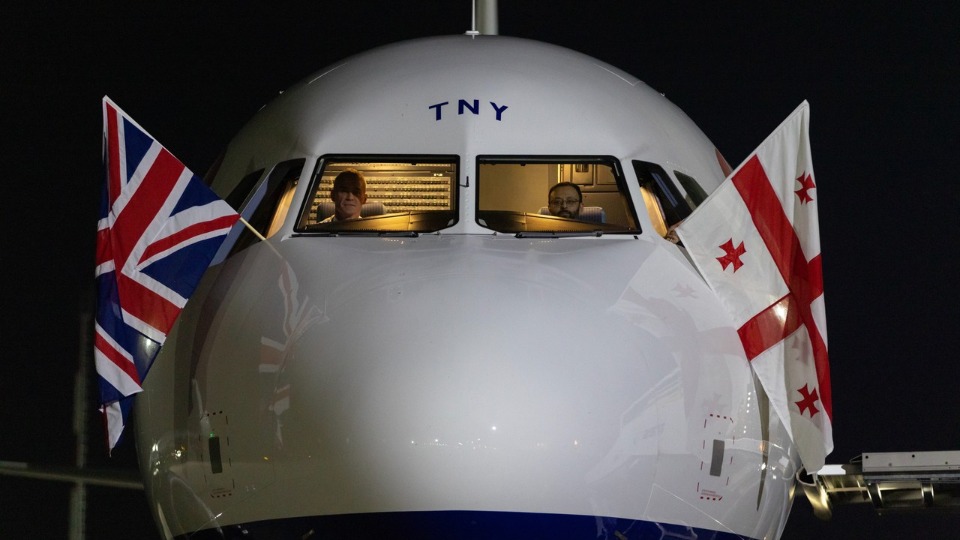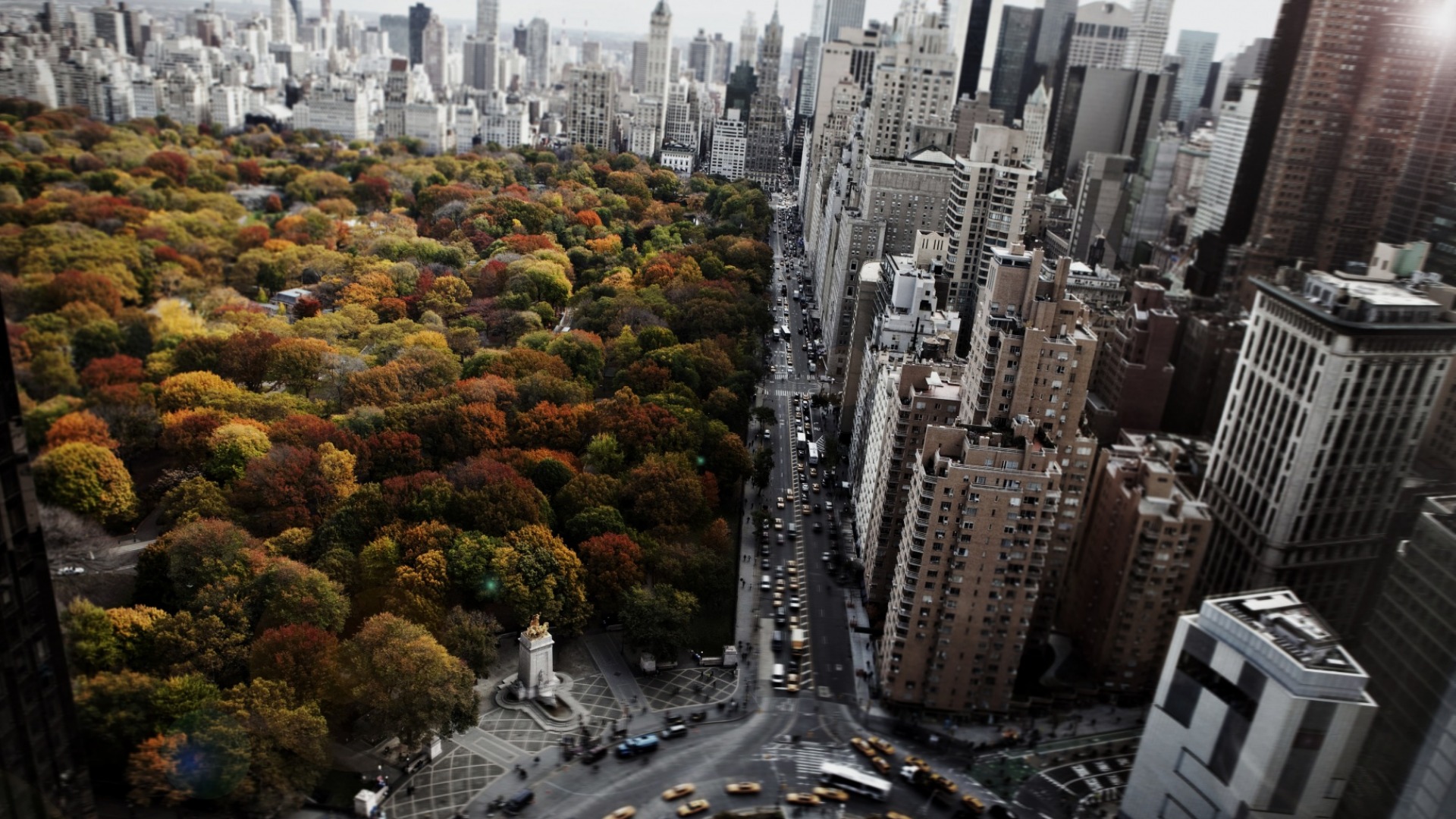
Harbin, the Chinese "Ice City", welcomes worldwide visitors

The Harbin ice and snow world is a striking example of the region's outstanding heritage.
According to the local authorities, the capital of Heilongjiang Province in northern China sent an invitation to all foreign tourists to come and experience its ice and snow traditions, natural landscape, landmark architecture, and one-of-a-kind musical performances.
The best way to experience being surrounded by ice is to physically visit the unique site. Here, visitors will be delighted by ice-made stairways, walls, fences, palaces, and castles.
When the first snow falls, the icy spirit of the Harbin people is unexpectedly reawakened. Snowball battles, snowmen, skiing, snow circles, ice slides, sleds, and ice gyros are all common winter activities in the city. It is common for people in Harbin to spend their free time playing ice and snow games.
Various remarkable snow sculptures, some of them incredibly tall, may be found at the Sun Island International Snow Sculpture Art Expo. The exhibition captures people's everyday lives transformed into original works of art.
Harbin's history begins with the Songhua River, which rises from Changbai Mountain's Tinch "Heaven" Lake, known to be the main factor that infused life into the city. This is also where the Jin and Qing dynasties began nearly 1000 years ago. Along the Songhua River, communities expanded and the population increased.
This little fishing community inhabiting these places started to change at the end of the 19th century when the Middle East Railway's sleeper fell. Harbin was renamed "the city pushed by trains" and is now one of the few cities in China having railways. Harbin grew quickly and evolved into a city where eastern and western cultures coexist.
When visiting Harbin, the first thing to encounter is Central Street, a 1450-meter-long street that functions more as an architectural museum. The street hosts examples of prominent architectural designs, hallmarks in the history of western architecture, as well as impressive building styles like Baroque, Renaissance, or eclecticism.
St. Sophia's Church, for example, was established in 1907 and is located in the vicinity of Central Street. Another must-see in the area is Laodaowai, often known as "the Chinese Baroque Street." On the outside, the architecture is baroque, yet the interior is designed like a Chinese pavilion.
UNESCO has designated Harbin, a city known for its music enthusiasm, as a "Music City." Opera, ballet, and jazz were first performed in Harbin at the turn of the 20th century. One of the homelands of modern music in China, Harbin is also the birthplace of the country’s first conservatories and symphony ensembles.
Source: breakingtravelnews.com








